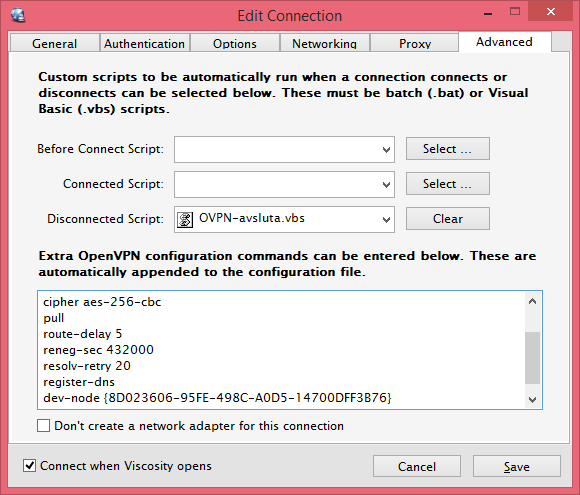

Later, they start to merge into one, since the interface with double thickness would become small, if enough time would be given. The two droplets continue to move until they make contact the second time point is then recorded at the contact, t 2. When the two reach the region where the distance between the two body centers is smaller than 2 R, the first time is reckoned in as t 1. Initially, two bodies move from far afield. Two moving oil droplets immersed in water (light fluid) have interfacial behavior with the following procedures, see Figure 2.

In order to evaluate the effects of various dominant parameters on emulsifier performance, a measurement is proposed. Head-On Collisions and Pre-coalescence of Binary Droplets Two droplets are initially located at a far-center distance of 4 R, and are moved towards each other by an attractive force until contact. Slip and no penetration boundary conditions are imposed at all boundaries of the computational domain. Simulations of the binary droplet collision were carried out. Radius depicts the size of the potential emulsified droplet. Interface thickness reflects the chemical properties of various surfactants. The parameters in the model are specified as dimensionless ratios between oil and water including viscosity and density ratios that represent external conditions.
Viscosity windows pre login free#
An order parameter ϕ is used to define two fluids in this diffuse interface method, and a Landau free energy function is defined as Governing Equations of Motion Fluids Phase Field TheoryĪ brief outline of this method will be in this section and for more detailed discussion refer to Jacqmin ( 1999). Instead of recovering the fluid momentum macrodynamic equation ( Swift et al.), it has better performance by recovering the fluid velocity based one ( Zheng et al.). In the present study, the LBE with interface capturing is used to solve the velocity field, and the basic idea is developed by ( Zheng et al.). Here, the lattice Boltzmann equation (LBE) is proposed to study interfacial behavior, which should integrate both microscopic models for the interface and meso-scopic kinetic equations ( Lamura et al.) ( Song et al.).

The interface in numerical treatment has different strategies due to the steep gradients of properties in the normal direction. Unfortunately, capturing interfacial properties accurately is a challenge, numerically. The interfacial interaction can be treated as the attractive/repulsive forces, or as both representing emulsion in numerical models ( H.Nour et al.). However, there are few studies regarding emulsion response time to investigate interfacial behavior. In fact, the response time provided by an emulsifier in a target environment is directly and firstly related to its emulsifying performance. Many surfactant studies in oil production have been focused on designs of molecular structures and corresponding evaluations ( Dong et al.) ( Zhang and Feng) ( Ding et al.) ( Zhang et al.). However, the knowledge of the interfacial properties is still lacking ( Mohammed and Babadagli) ( Sun, Z., et al.) ( Cui, Ren, et al.) ( Dicharry et al.) ( Moran et al.) ( Wang et al.) ( Temple-Heald et al.) ( Cui, Pei, et al.). We found that the interfacial phenomenon produced by an emulsifier greatly impacts its emulsifying performance ( Sun, Z., et al.). Generally, some additives including high-viscosity polymer are injected with water to improve oil displacement efficiency, and therefore, oil recovery is enhanced. Interfacial tension between oil and water can be realized by adding surfactant. Chemical flooding is an effective technique that plays an important role in oil production at the middle and late stages, in which basic theory is to improve mobility of the hydrocarbon by altering the interfacial conditions.


 0 kommentar(er)
0 kommentar(er)
